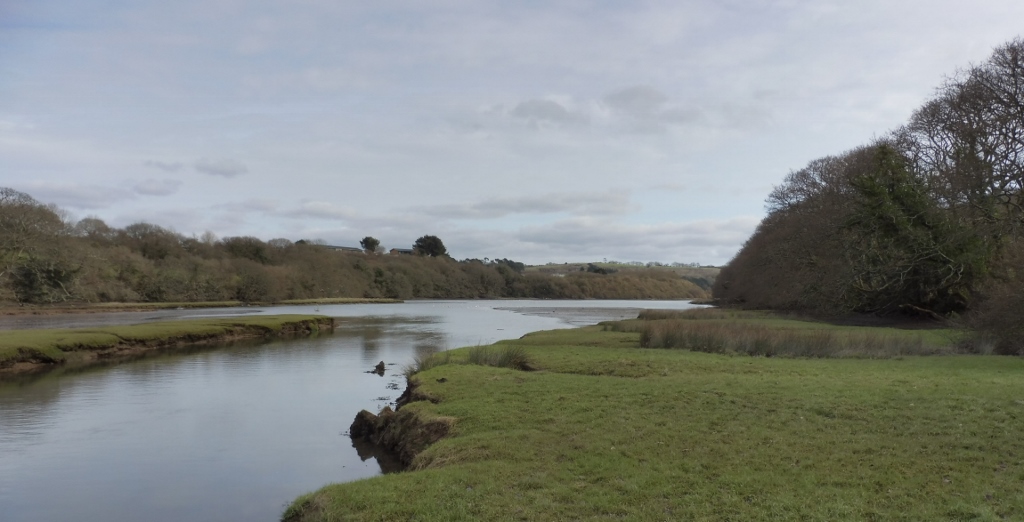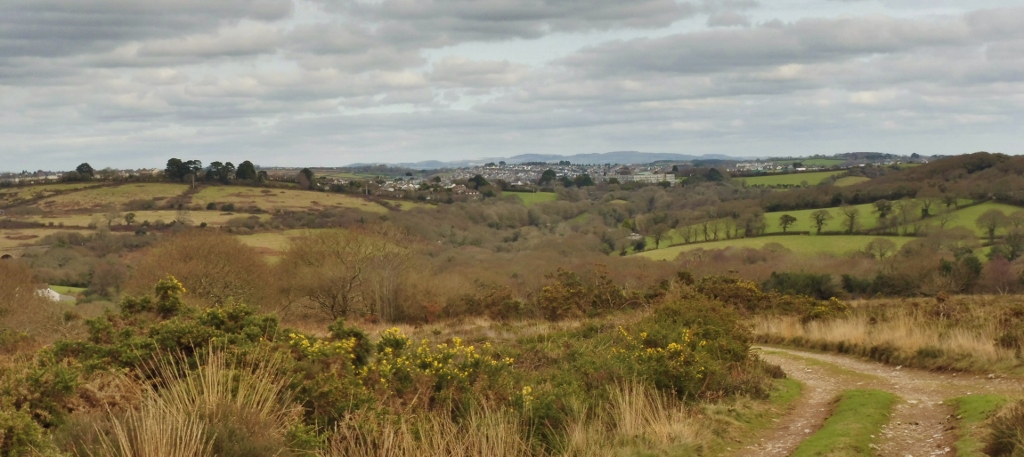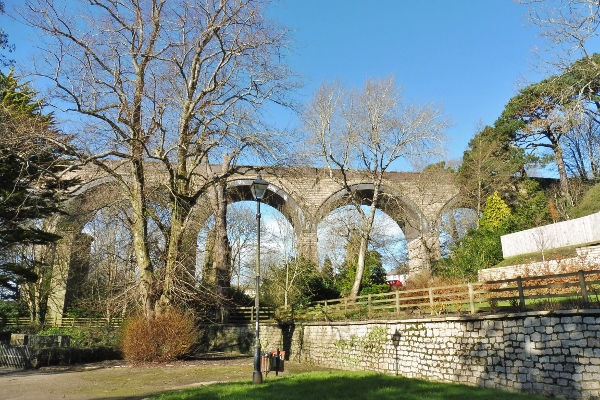Truro is Cornwall's county town and only city.
| Name | Occupation | Posted from | Until |
|---|---|---|---|
| Captain Harry Walter Abbiss | County Horticultural Superintendent |
20 Jul 1940 | 12 Feb 1941 |
| Second Lieutenant Edward Karl Follitt Harte | Commercial traveller |
05 Jan 1941 | 25 Aug 1942 |
| Sergeant Norman Gilbert Carlyon Summers | Seed merchant |
05 Jan 1941 | 03 Dec 1944 |
| Lieutenant Frederick John Yeo | Clerk for County Council |
06 Jan 1941 | Unknown |
| Corporal William John Hearle | Farmer |
05 Jan 1941 | 03 Dec 1944 |
| Private Eric Leslie Carmichael | General clerk |
04 Apr 1943 | 03 Dec 1944 |
| Private Gerald Leonard Garland | Charted accountant |
21 Nov 1941 | 07 Feb 1943 |
| Private William Howard Hancock | Dairy farmer |
24 Apr 1941 | 03 Dec 1944 |
| Private William John Hill | Motor mechanic |
16 Aug 1942 | 03 Dec 1944 |
| Private Frederick John Keast | Timber labourer |
Unknown | Unknown |
| Private Robert Lewarne | Engineer |
06 Jan 1941 | 03 Dec 1944 |
| Private William Alphonso Richard Pentecost | Shoemaker |
21 Jun 1940 | 03 Dec 1944 |
| Private Douglas Henry Tremayne | Horseman |
Unknown | Unknown |
| Private Edward Robert Arthur Trengove | Clerk at County Hall |
02 Feb 1942 | 03 Dec 1944 |
The first OB was built by the Patrol in 1940 in Calenick Wood. A large hole was dug over many nights and the men constructed their first underground OB from timber and corrugated iron sheeting, covering it again with soil. The timber was procured from Harvey and Company Limited of Garras Wharf in Truro, a local timber yard and saw mill. Measuring about 11 foot by 8 foot, the Patrol fitted it out with a few bunks. There was only a single entrance and no escape tunnel. The Patrol were never happy with the structure or its location so twelve months after they had built it they went in search of a different site. It is thought the OB was intact years ago but has since collapsed.
The second OB site was chosen at a disused mine adit (Wheal East Falmouth) near Chygoose. The Patrol built a structure within the adit from timber and corrugated iron. It was fitted out with bunks made from timber and wire netting.
It was decided to try to find an emergency exit for this OB and so the men investigated further back in the adit. They revealed an air vent running up to ground level about 20 feet above the adit floor level. After much hard work and digging out with shovels and a bucket, the men eventually managed to enlarge the adit and vent to allow room for them to escape up the vent by means of a ladder they made from 2 inch galvanised pipes and rungs. The vent was fitted with a wooden hatch and camouflaged at ground level with an old tree stump
The Patrol often spent nights in this OB.
In the 1970s it was in quite good condition with the iron bunks, ammunition shelving and escape ladder to a hatch in the wood above all well preserved. Although well disguised, it was then relatively easy to access. A more recent site visit has shown the site and location to have decayed and become overgrown. Today the adit has collapsed and the shaft is flooded.
Truro Patrol
A night target was the RAF Radar Station at nearby Jacka Point, Portloe. Two of the Patrol managed to bypass the defences and chalk swastikas in many places.
Road and rail links would have been the most likely targets to cause disruption. Truro is Cornwall's county town and only city and would most likely have been an a important road supply route through the city and on eastwards. The main A39 and A390 meet in the city.
The longest rail viaduct in Cornwall passes over northern parts of Truro. Blocking the Truro, Carvedras and Penwithers Viaducts would have caused major supply route disruption.
Robert Lewarne was sent to Coleshill House to train along with Bill Pentecost. There were various exercises which were carried out to practice their map reading skills. At different times they were taken out into the countryside, dropped off and told to find their way back, both in daylight and at night. On the way back one night they saw a torch flashing and decided to tackle the sentry. They made a grab for the sentry waving the torch but found to their surprise that it was being waved on the end of a ten foot long stick. They were instantly captured.
The Patrol also trained with the Scout Section Officers at Porthpean House.
The Patrol trained locally in and around the mine shafts near their second OB at Chygoose.
A training exercise involved two of the Patrol successfully breaching the heavily defended RAF radar station at Portloe.
It was remembered the Patrol were all equipped with a .38 Colt revolver except Robert Lewarne who was issued with a Smith & Wesson automatic pistol. The Patrol had Sten guns and a very popular Browning automatic rifle which was fitted with a telescopic sight. This was remembered to be very accurate and reliable.
On 6th August 1942 Seargeant Norman Summers had some gelignite delived to his home. Before he had a chance to take it to the OB he hid the supplies in his coal bunker. Later that day there was a severe air raid on Truro. Thankfully this missed the area of Chapel Hill as Norman and his family were sheltered in the air raid shelter, directly under the coal bunker.
Explosives were stored in the second OB.
Some of the men were recruited in 1941 when Abbiss, Yeo and Harte were promoted to Area and Group Commanders. They would have originally been founding members of Truro Patrol and could well have planed to return to this Patrol in the event of invasion.
A group photograph containing Sgt. Norman Summers, Cpl Jack Hearle, Bill Hancock, Robert Lewarne, Eddie Trengove and Bill Pentecost was taken at the same location as a photo taken of Grampound Patrol, assuming at the same time.
PLEASE CONTACT US IF YOU HAVE A COPY OF THIS PICTURE.
Alwyn Harvey and his research for Defence of Britain Project.
TNA reference WO199/3391
Hancock data held at B.R.A
Various newspapers and 1939 Register
Cornwall Record Office ref AD89/2
Janet Cohen daughter of Robert Lewarne


